How to Date a Camillus Kabar Knife: Unlimited Tips
Camillus and Kabar knives, revered among collectors and knife enthusiasts worldwide, have a rich history of pivotal military and outdoor moments. For collectors, understanding how to date a Camillus Kabar knife is not just about satisfying curiosity but about uncovering the unique story behind each blade.
Knowing the age and origin of your knife not only adds to its historical significance and value but also makes it a prized piece in any collection. Whether you’re a history buff or a dedicated knife collector, this guide provides the essential steps and features to determine your Camillus Kabar knife’s age and true worth.
From decoding tang stamps to recognizing key design elements, this guide empowers you to master the art of dating these timeless tools. Let’s dive in and unlock the secrets behind these storied blades!
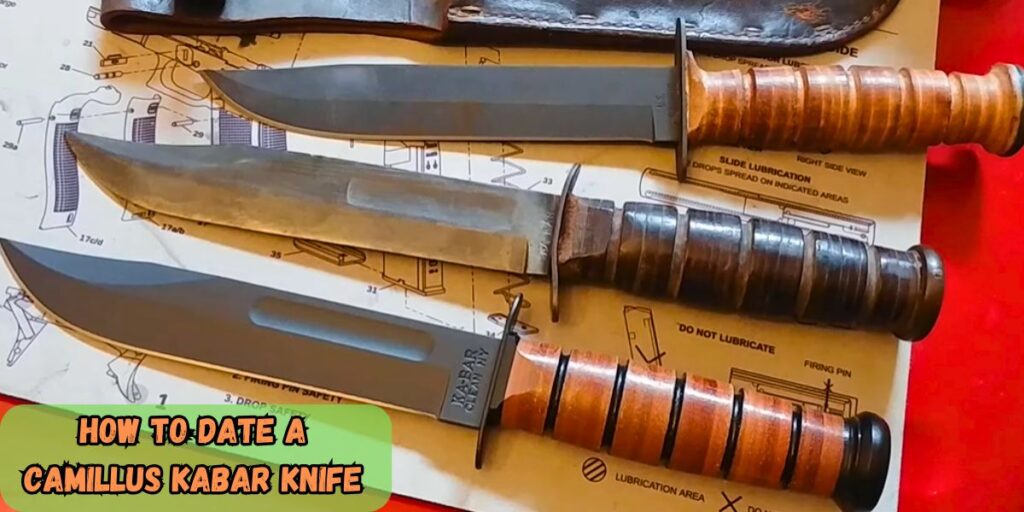
Brief History of Camillus and Kabar Knives
Origins of Camillus Knives
Camillus Cutlery has a long and storied history. The company began in 1876, making it one of the oldest knife manufacturers in the United States. From its early days, Camillus focused on crafting durable knives for everyday use. Over the years, however, it became known for its military-grade knives, especially during World War II. Soldiers relied on Camillus knives for their strength and reliability in harsh conditions. Today, collectors prize these knives not just for their craftsmanship but also for their connection to history.
Related to: How to Date Imperial Knives
Origins of Kabar Knives
Kabar, another legendary name, started its journey in the late 1800s. It gained worldwide fame during World War II. The U.S. Marine Corps adopted Kabar knives as their standard issue, symbolizing military toughness. These knives are known for their sharp blades, sturdy handles, and ability to handle challenging tasks. Over time, Kabar also collaborated with Camillus, creating unique pieces cherished by collectors and enthusiasts alike.
The Legacy of Both Brands
Both Camillus and Kabar knives share a reputation for durability and quality. They’ve been a part of countless adventures, from military missions to outdoor expeditions. Their legacy continues today, with modern collectors valuing them for their historical significance and practical design. These knives are more than tools—they’re pieces of history that tell stories of resilience and ingenuity.
Key Features to Help Date a Camillus Kabar Knife
Markings and Logos
One of the easiest ways to date a Camillus Kabar knife is by looking at the markings and logos. Over the years, both brands have used different stamps on their blades. For Camillus knives, earlier models may feature “Camillus Cutlery Co.” or similar phrases, while later models often shortened this. On the other hand, Kabar knives are known for their iconic tang stamps, frequently showing “USMC” or other military-specific engravings during World War II. Checking these markings closely can tell you when your knife was made.
Blade and Handle Materials
The materials used in the knife can also reveal its age. Older Camillus and Kabar knives often feature brass or wooden handles. As manufacturing technology advanced, materials like plastic and synthetic composites became more common. Similarly, blade steel types have changed, with earlier models using carbon steel and newer ones adopting stainless steel. Examining these materials can help you pinpoint the production era of your knife.
Blade Shape and Design
Blade shape and design can also indicate the knife’s age. During wartime, blades often had a utilitarian design with minimal flair. Post-war knives may feature more stylized designs as they were intended for civilian use. By comparing your knife’s blade shape to known examples from specific periods, you can narrow down its production date.
Using Serial Numbers and Tang Stamps
What Are Tang Stamps?
Tang stamps are small engravings on the base of the blade, near the handle. These stamps include the brand name, manufacturing location, or specific codes. Camillus and Kabar knives use tang stamps to mark their products, making identifying when and where they were made more manageable. For example, older Camillus knives might read “Camillus Cutlery Co.,” while newer ones may simply say “Camillus, NY.” Kabar tang stamps are equally important, with some stamps including military designations like “USMC.” These tiny markings are a big clue in dating your knife.
Related to: How to Date Chicago Cutlery Knives
Reading Serial Numbers
Some knives include serial numbers on the tang or elsewhere on the blade. These numbers often indicate a batch or production year. Camillus and Kabar used different numbering systems, so you may need to reference historical guides or expert forums to decode them. A magnifying glass can help you read these markings clearly, especially on older or worn knives.
Why These Details Matter
Tang stamps and serial numbers are not just small engravings on the base of the blade or elsewhere; They are essential for understanding your knife’s history, verifying its authenticity, and determining its production timeline. By paying close attention to these details, you can uncover the story behind your knife and its place in history.
Key Milestones and Production Periods of Camillus Kabar Knives
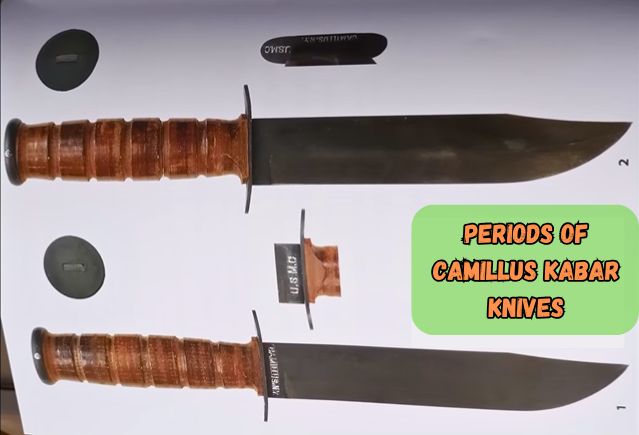
WWII Era (1930s-1940s)
WWII lasted from the 1930s to the 1940s and was significant for Camillus and Kabar. They became essential military suppliers, producing knives that endure harsh conditions. Camillus, often marked with “U.S.” or “U.S.N.” stamps, and Kabar, famous for its Marine Corps Fighting Knife, became synonymous with strength and reliability. Knives from this period typically feature leather handles and carbon steel blades. If your knife has these traits, it’s likely from this pivotal era.
Post-War Period (1950s-1970s)
After the war, both brands shifted focus to civilian markets. Camillus introduced more versatile designs for outdoor enthusiasts, hunters, and everyday users. Handles often used newer materials like plastic, making the designs more varied. Kabar continued making military-style knives but also expanded into outdoor tools. Knives from this period usually have sleeker designs and use stainless steel blades.
Modern-Day Camillus Knives
Modern Camillus knives reflect advances in materials and technology. They often feature synthetic handles, high-performance steel, and innovative locking mechanisms. While they maintain their rugged reputation, they’re clearly distinct from vintage models. Kabar also produces high-quality knives, honoring its military heritage while adapting to modern needs.
Commonly Used Tools for Dating Your Knife
Using a Magnifying Glass or Jeweler’s Loupe
When examining a Camillus or Kabar knife, a magnifying glass or jeweler’s loupe is a must-have. These tools help you see small details like tang stamps, serial numbers, and fine markings on the blade. Over time, wear and tear can make these details hard to read. A magnifying tool ensures you don’t miss anything important. Look for signs of engraving styles, material wear, and unique features that can reveal the knife’s production period.
Knife Dating Books and Guides
There are many books and online resources dedicated to knife history. Guides specific to Camillus and Kabar knives provide detailed information about tang stamps, serial numbers, and manufacturing changes over the years. Some include charts and images to help you compare your knife’s features to known examples. These resources are invaluable for pinpointing the age of your knife.
Joining Expert Communities
Knife-collecting forums and groups are excellent for learning from experienced collectors. Members often share tips, photos, and advice about identifying rare knives. You can also post pictures of your knife to get insights from others. These communities are welcoming and full of valuable knowledge.
Verifying the Knife’s Authenticity
Red Flags of Counterfeits
When collecting Camillus or Kabar knives, it is crucial to spot fakes. Counterfeit knives often mimic the look of originals but lack the quality and details of genuine ones. Watch for poorly engraved tang stamps, uneven logos, or spelling errors. Authentic knives have precise and clean markings. Check the materials, too—counterfeit knives may use cheap metals or plastics instead of high-quality steel and wood. If a knife feels too lightweight or flimsy, it could be a replica.
Inspecting Craftsmanship
Genuine Camillus and Kabar knives are known for their excellent craftsmanship. Look for tight fittings between the blade and handle, smooth finishes, and solid construction. A genuine knife will feel sturdy and well-balanced. Wear and patina can add character to older knives, but should still show signs of skilled work. Any signs of sloppy assembly could indicate a fake.
Consulting Experts
Consulting an expert is a good idea if you are unsure about a knife’s authenticity. Appraisers and seasoned collectors can help identify genuine knives and provide insights about their history. Online knife-collecting communities are also a great place to seek advice. Sharing clear pictures of your knife will help experts give you accurate feedback.
Conclusion
Dating a Camillus or Kabar knife is like uncovering a piece of history. You can learn a lot about your knife’s origin and value by studying tang stamps, serial numbers, materials, and craftsmanship. Each detail tells part of the story, whether a WWII-era tool carried by soldiers or a post-war knife made for everyday use.
Authenticity matters, so always check for red flags like poorly made logos or cheap materials. Use tools like magnifying glasses and trusted guides to help you with the details. Don’t hesitate to join knife collector communities or consult experts for additional insights. These steps ensure you’re building a collection of genuine, valuable pieces.
Caring for your knife is just as important. Regular cleaning and proper storage will preserve its condition for years to come. With this guide, you can confidently date your knife and cherish its history.
Happy collecting!
FAQs on How to Date a Camillus Kabar Knife
Look for tang stamps or serial numbers on the blade. Match these markings with historical charts to accurately determine the knife's production era.
Tang stamps are engraved marks near the blade’s base. They provide valuable information about the manufacturer, production location, and sometimes the manufacturing period.
Older knives often have brass, wood, or leather handles, while newer models use synthetic materials. Blade steel types also vary by production period.
A magnifying glass or jeweler’s loupe can help you clear small details like tang stamps, serial numbers, and wear patterns that indicate the knife’s age.
Examine the craftsmanship, materials, and markings. Genuine knives are well-made with precise stamps and durable materials. Consulting an expert can confirm authenticity.
Knife dating books, collector forums, and manufacturer archives are excellent resources. These offer historical data, charts, and community insights to help identify your knife.
Inspect the knife for poor-quality materials, incorrect markings, or uneven craftsmanship. Share pictures in collector forums or consult a professional appraiser for verification.
Related Posts
-
 23 Feb 2025 KnifeWhat Is a Slicing Knife Used For? Discover How It Makes Cooking Easy!
23 Feb 2025 KnifeWhat Is a Slicing Knife Used For? Discover How It Makes Cooking Easy! -
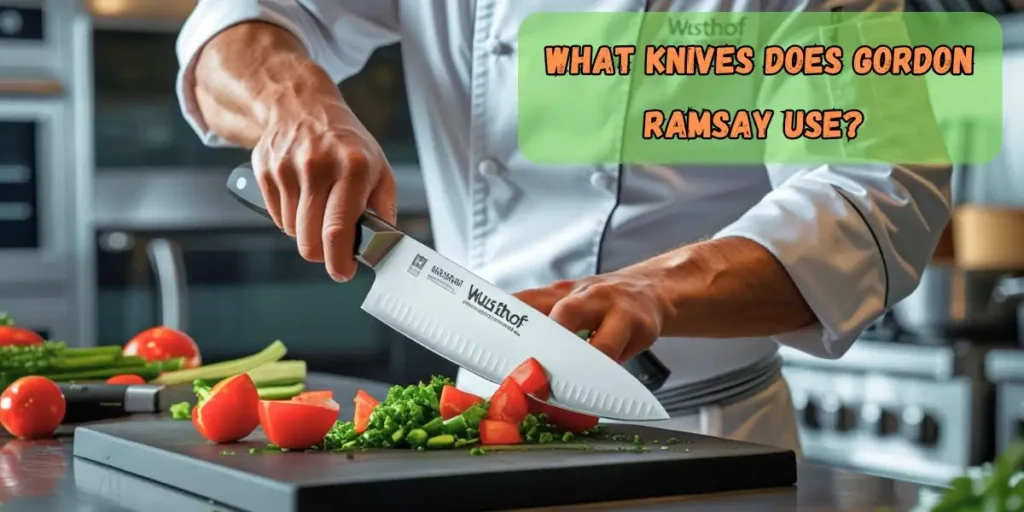 16 Feb 2025 KnifeWhat knives does Gordon Ramsay use? Check out his premium knives
16 Feb 2025 KnifeWhat knives does Gordon Ramsay use? Check out his premium knives -
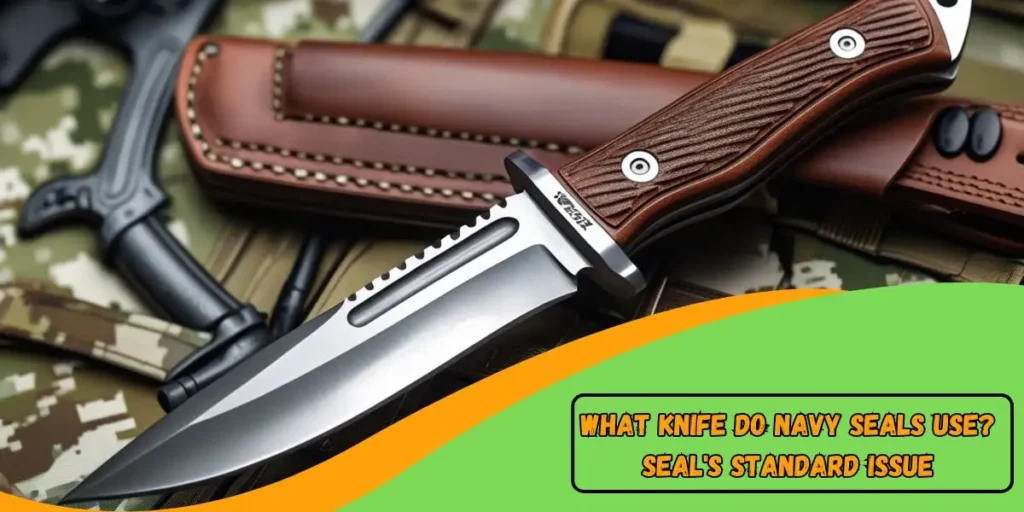 15 Feb 2025 KnifeWhat Knife Do Navy Seals Use? SEAL's Standard Issue 2025
15 Feb 2025 KnifeWhat Knife Do Navy Seals Use? SEAL's Standard Issue 2025 -
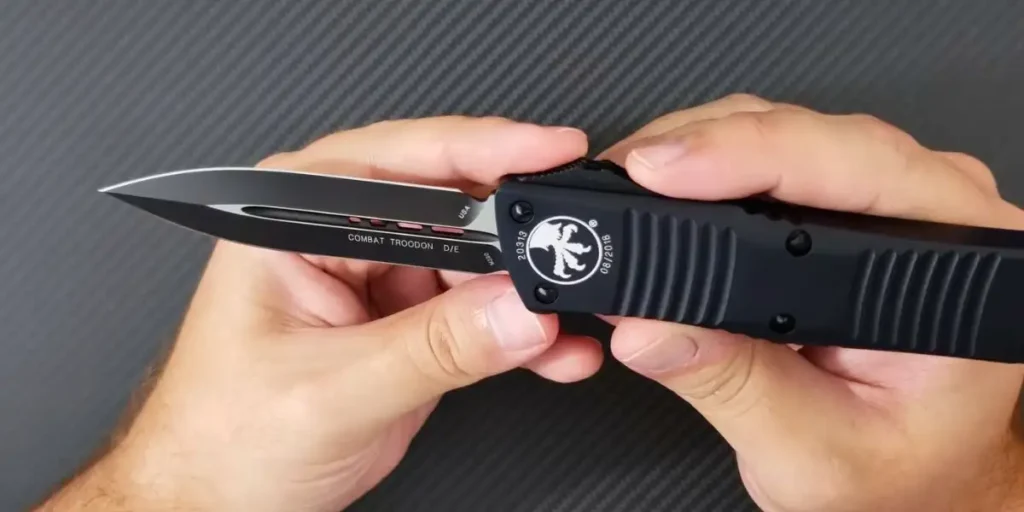 08 Feb 2025 KnifeWhat Knife Does John Wick Use? Learn About His Deadly Blade
08 Feb 2025 KnifeWhat Knife Does John Wick Use? Learn About His Deadly Blade -
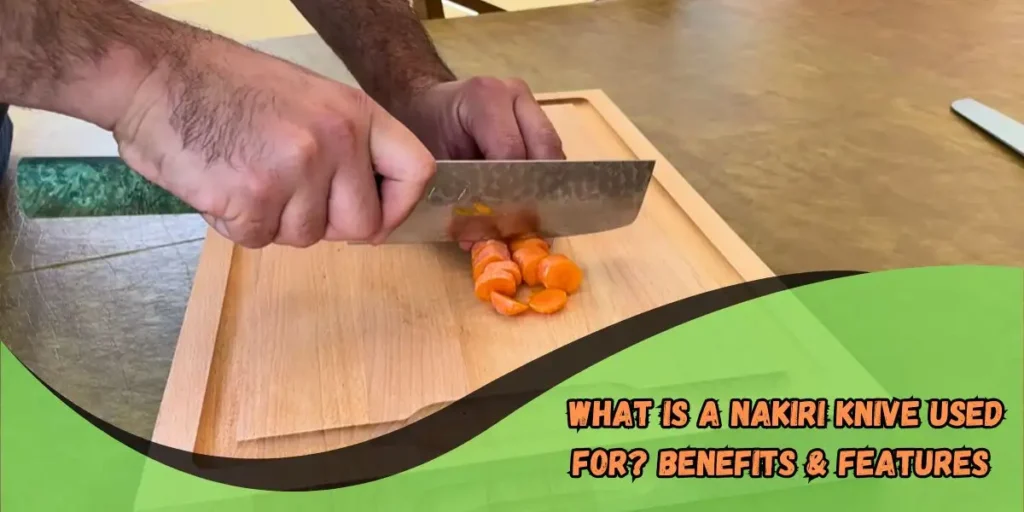 30 Jan 2025 KnifeWhat is a Nakiri Knives Used For? Benefits & Features Explained
30 Jan 2025 KnifeWhat is a Nakiri Knives Used For? Benefits & Features Explained -
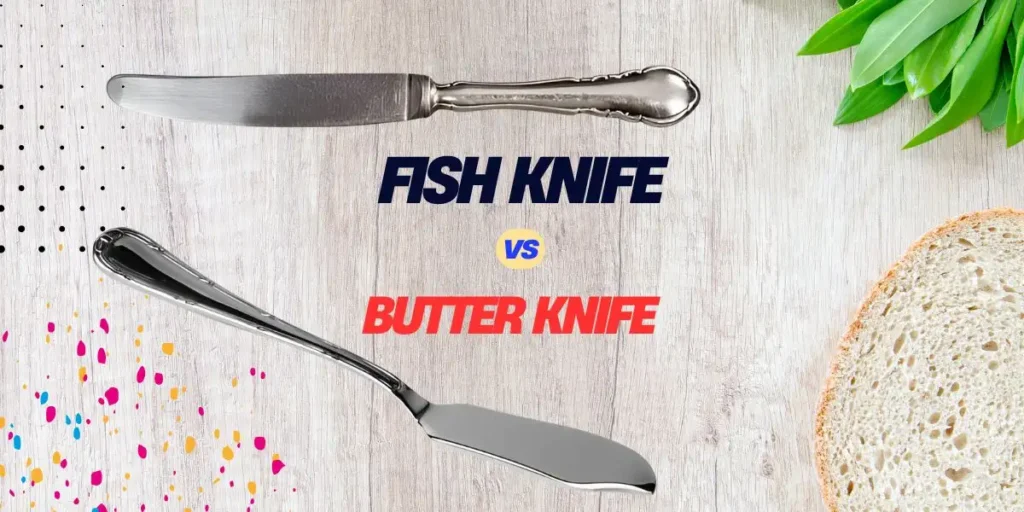 12 Jan 2025 KnifeFish Knife vs Butter Knife: Key Differences and Uses Explained
12 Jan 2025 KnifeFish Knife vs Butter Knife: Key Differences and Uses Explained -
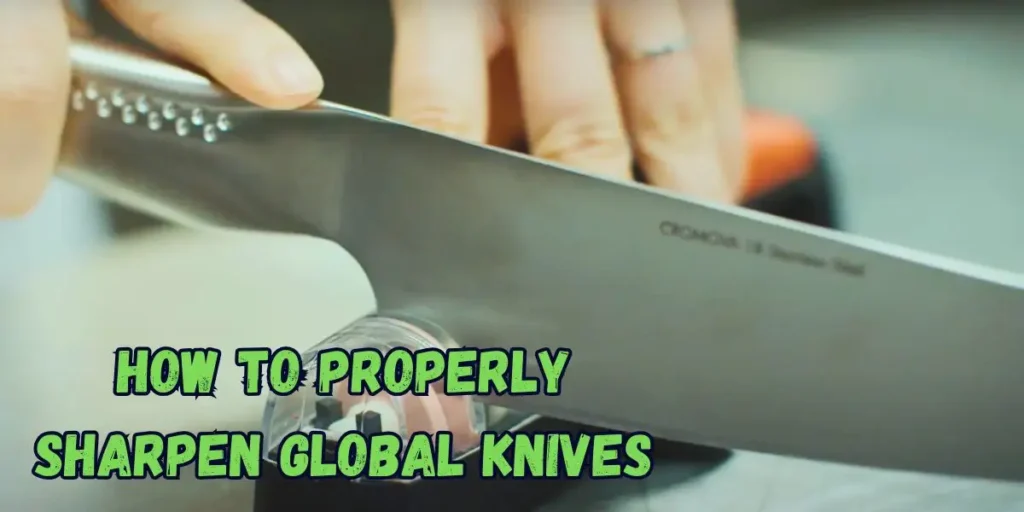 11 Jan 2025 KnifeHow to Sharpen Global Knife: A Quick Guide 2025
11 Jan 2025 KnifeHow to Sharpen Global Knife: A Quick Guide 2025 -
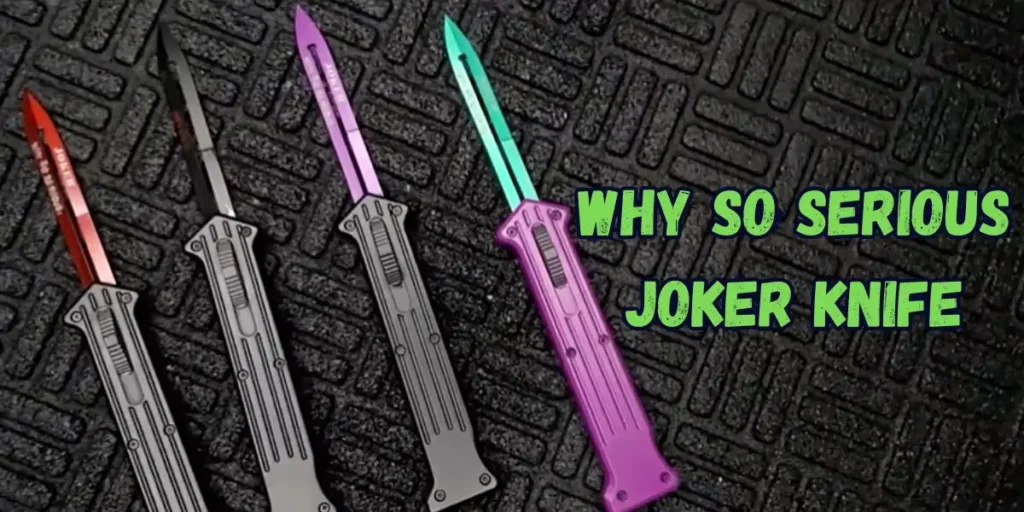 10 Jan 2025 KnifeDecoding the Iconic Why So Serious Joker Knife
10 Jan 2025 KnifeDecoding the Iconic Why So Serious Joker Knife -
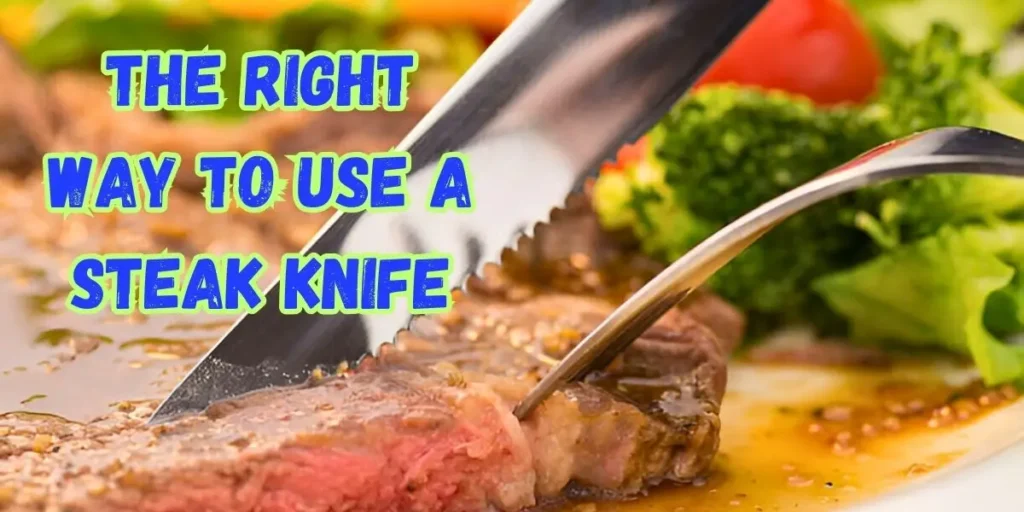 09 Jan 2025 KnifeThe Right Way to Use a Steak Knife: Tips and Tricks
09 Jan 2025 KnifeThe Right Way to Use a Steak Knife: Tips and Tricks -
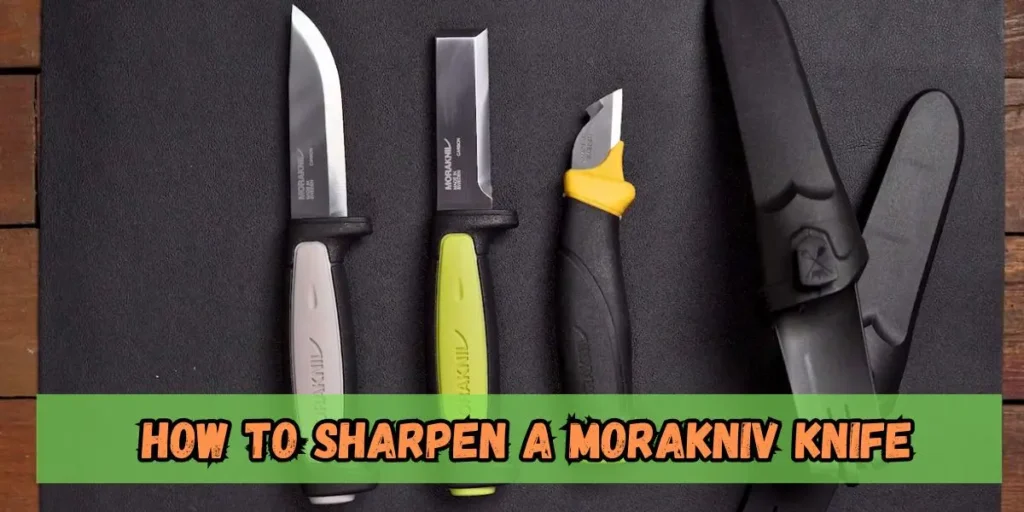 08 Jan 2025 KnifeHow to Sharpen a Morakniv Knife Safely and Effectively
08 Jan 2025 KnifeHow to Sharpen a Morakniv Knife Safely and Effectively

